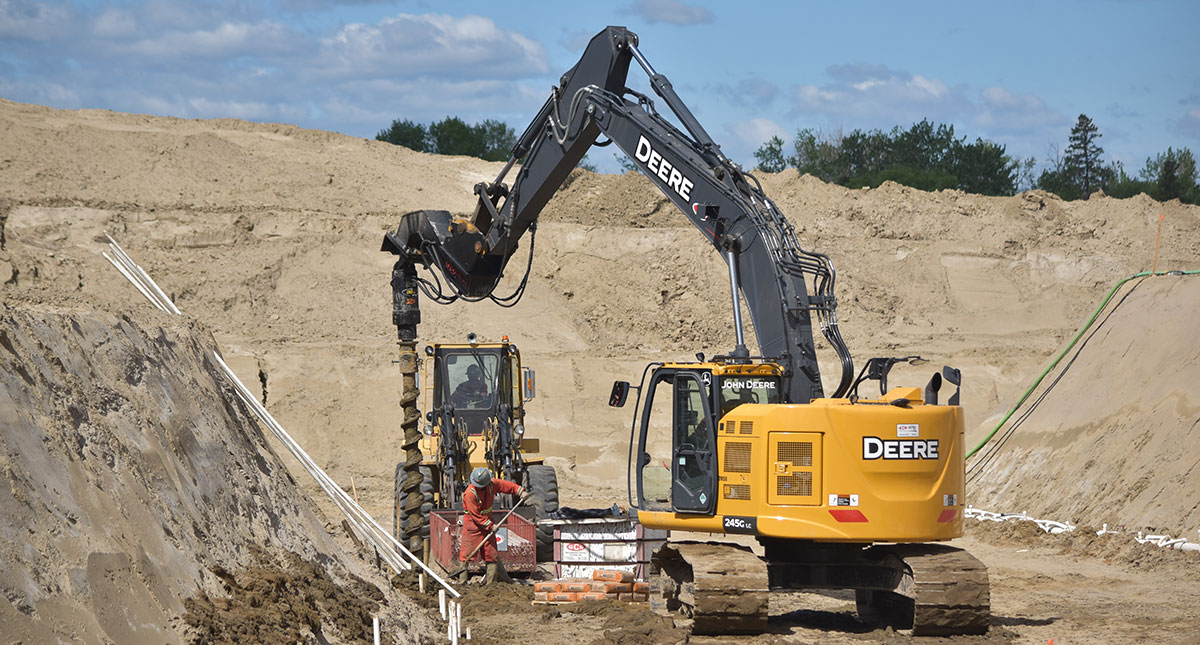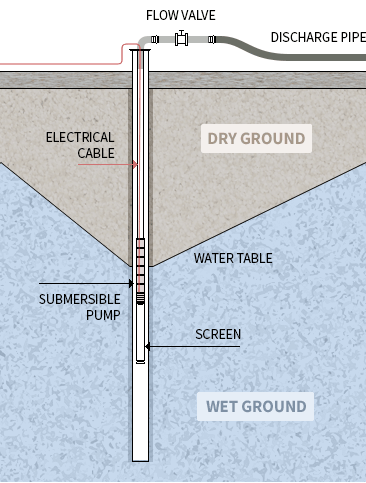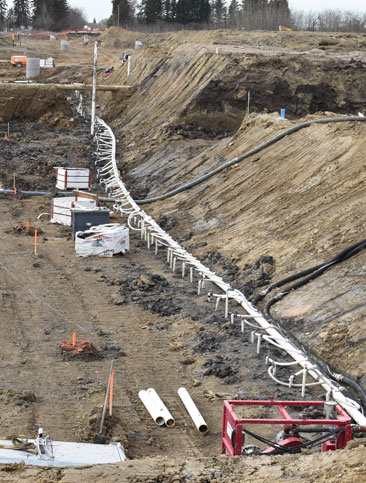Groundwater Control
Ketek Infinity controls groundwater through wellpoints, deep wells and seepage control

Whenever an excavation is made below the water table, there is a risk that it will become unstable or flood unless measures are taken to control the groundwater in the surrounding soil.
It is important to select the correct approach to groundwater control on each project.It is also important to remember that each project and set of ground conditions are unique and must be assessed individually, and that a groundwater control approach that may work at one site may not work at another.ach technique has a relatively narrow range of application relative to two key parameters: the drawdown required and soil permeability (hydraulic conductivity).

Wellpoint Dewatering
Wellpoint dewatering involves digging numerous small-diameter wells and installing “wellpoints” in a defined area. Wellpoints are small diameter pipes made from PVC or steel. They are installed one or two metres apart, about one metre from the edge of the excavation. The wellpoints are connected through a series of swing joints and header pipes to a vacuum system. Suction is applied to remove groundwater.

Deep Well Dewatering
Deep wells dewatering involves boring numerous wells and installing submersible pumps to extract water. This creates a cone of depression which can get quite large. Deep well systems are effective at removing large amounts of water from deeper underground than wellpoints can reach.

Seepage Control
Seepage control involves the creation of barriers in soil, rock, or below-grade structures to restrict the movement of water.
